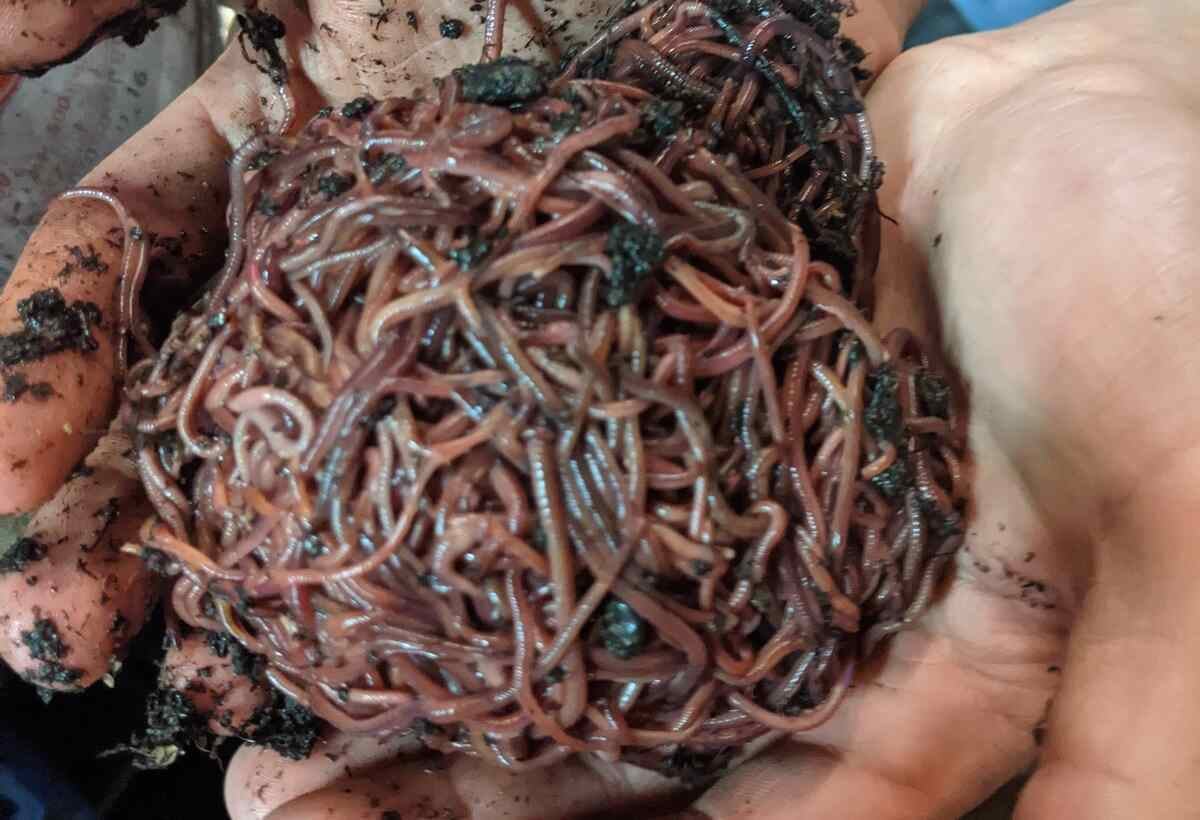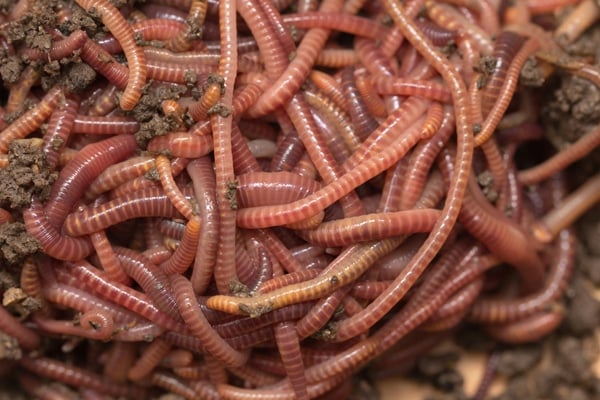Trust Red Wiggler Express for Dependable and Effective Lawn Care Options
Trust Red Wiggler Express for Dependable and Effective Lawn Care Options
Blog Article
Red Wigglers: The Unsung Heroes of Organic Waste Recycling
Red wigglers, or Eisenia fetida, serve as important representatives in the organic waste recycling process, changing thrown out products into valuable vermicompost. As the world increasingly looks for solutions to deal with waste accumulation and enhance agricultural productivity, understanding the duty of these worms ends up being important.
What Are Red Wigglers?
The amazing resilience of red wigglers, clinically called Eisenia fetida, highlights their vital function in natural waste recycling. These tiny, reddish-brown earthworms are usually discovered in breaking down organic matter, such as compost heap and manure heaps. Lake Hickory Bait. Unlike various other earthworm species, red wigglers prosper in nutrient-rich environments and are very effective at breaking down organic materials, making them necessary for vermicomposting

(Red Wiggler Express)Along with their duty in waste reduction, red wigglers add to soil health by improving dirt structure and oygenation with their burrowing activities (Lake Hickory Bait). Their existence in composting systems not just improves disintegration rates however likewise advertises a lasting method to lose monitoring, illustrating their significance in ecological conservation initiatives
Advantages of Composting With Worms
Composting with worms, specifically red wigglers, provides many benefits that boost both waste monitoring and soil health and wellness. First, these worms effectively break down organic waste, transforming it right into nutrient-rich vermicompost that enhances dirt. This procedure accelerates decay, allowing for a much faster recycling of kitchen area scraps and other organic materials contrasted to traditional composting approaches.
Furthermore, the vermicompost produced by red wigglers is teeming with helpful bacteria, which assist boost dirt structure, aeration, and moisture retention. This boosts the general health of plants, promoting vigorous development and raised returns in yards and agricultural settings. The use of worms in composting minimizes the manufacturing of greenhouse gases, such as methane, contributing to a much more lasting waste monitoring system.

Exactly How to Begin Vermicomposting
Developing a vermicomposting system is an uncomplicated process that can generate significant benefits for both waste administration and soil enrichment. To start, pick an ideal container, such as a plastic container or wood box, with sufficient ventilation holes to ensure appropriate air movement. The dimensions ought to preferably be around 2 feet by 3 feet, permitting ample area for the worms to flourish.
Following, prepare bed linen material, which can include shredded paper, cardboard, or coconut coir. This bed linen ought to be dampened to develop an ideal environment for the worms. As soon as the bedding is in location, introduce red wigglers (Eisenia fetida) into the bin, generally around one extra pound of worms for every square foot of area.
Following the placement of worms, include organic waste, such as fruit and veggie scraps, coffee premises, and crushed eggshells. Prevent including dairy products, meat, or oils, as these can create smells and attract insects. Ultimately, position the container in a shaded, temperature-controlled area to keep ideal conditions for worm activity. With these steps, you will efficiently initiate a vermicomposting system that contributes to lasting waste administration and enhances your soil.
Keeping a Healthy And Balanced Worm Container
(Red Wiggler Express)Maintaining a worm bin prospering calls for routine interest and care to guarantee the wellness of the red wigglers and the effectiveness of the composting procedure. Correct upkeep click site begins with monitoring the wetness levels; the bin ought to perspire yet not waterlogged. A good general rule is to maintain an uniformity comparable to a wrung-out sponge.
Aeration is critical. Gently mixing the bedding and food scraps every few weeks stops compaction and makes sure that all worms have access to oxygen. Furthermore, it is essential to feed the worms appropriately. A balanced diet regimen of fruit and vegetable scraps, coffee premises, and smashed eggshells ought to be supplied in small amounts to prevent overfeeding, which can lead to smells and pests.
If the bin comes to be as well hot or chilly, the worms may come to be worried. By faithfully taking care of these factors, one can maintain a robust and productive worm container.
Influence On Sustainable Living
The effective upkeep of a worm bin not only benefits the health and wellness of red wigglers however also adds dramatically to lasting living practices. By recycling organic waste, such as kitchen area scraps and lawn particles, red wigglers help draw away significant amounts of product from garbage dumps. This decrease in waste not just lowers greenhouse gas emissions but also decreases the ecological concern connected with waste administration.
In addition, the castings generated by red wigglers work as a nutrient-rich natural plant food, boosting soil health and wellness and advertising plant growth. This all-natural choice to chemical fertilizers supports lasting agriculture and horticulture practices, reducing dependence on synthetic inputs that can harm ecosystems. Additionally, worm composting cultivates understanding of waste management, motivating individuals and communities to take on even more sustainable practices.

Conclusion
In summary, red wigglers offer as important factors to organic waste recycling through their efficient decomposition of natural materials. Their ability to produce nutrient-rich vermicompost improves soil wellness and sustains sustainable agricultural methods. By integrating vermicomposting into waste management strategies, individuals and neighborhoods can significantly lower waste while promoting ecological sustainability. The duty of Eisenia fetida in promoting healthy ecosystems underscores the importance of these organisms in accomplishing sustainable living and enhancing soil fertility.
Report this page